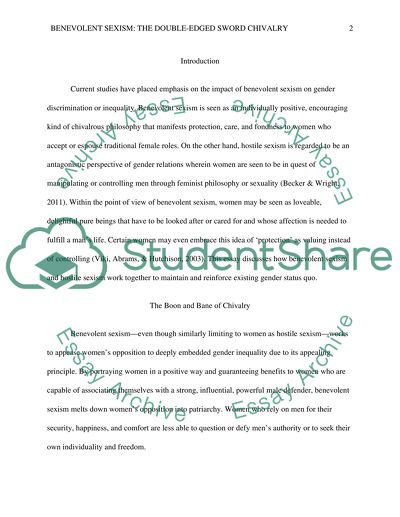Cite this document
(“Chivalry Research Paper Example | Topics and Well Written Essays - 1000 words”, n.d.)
Retrieved from https://studentshare.org/gender-sexual-studies/1687186-chivalry
Retrieved from https://studentshare.org/gender-sexual-studies/1687186-chivalry
(Chivalry Research Paper Example | Topics and Well Written Essays - 1000 Words)
https://studentshare.org/gender-sexual-studies/1687186-chivalry.
https://studentshare.org/gender-sexual-studies/1687186-chivalry.
“Chivalry Research Paper Example | Topics and Well Written Essays - 1000 Words”, n.d. https://studentshare.org/gender-sexual-studies/1687186-chivalry.


